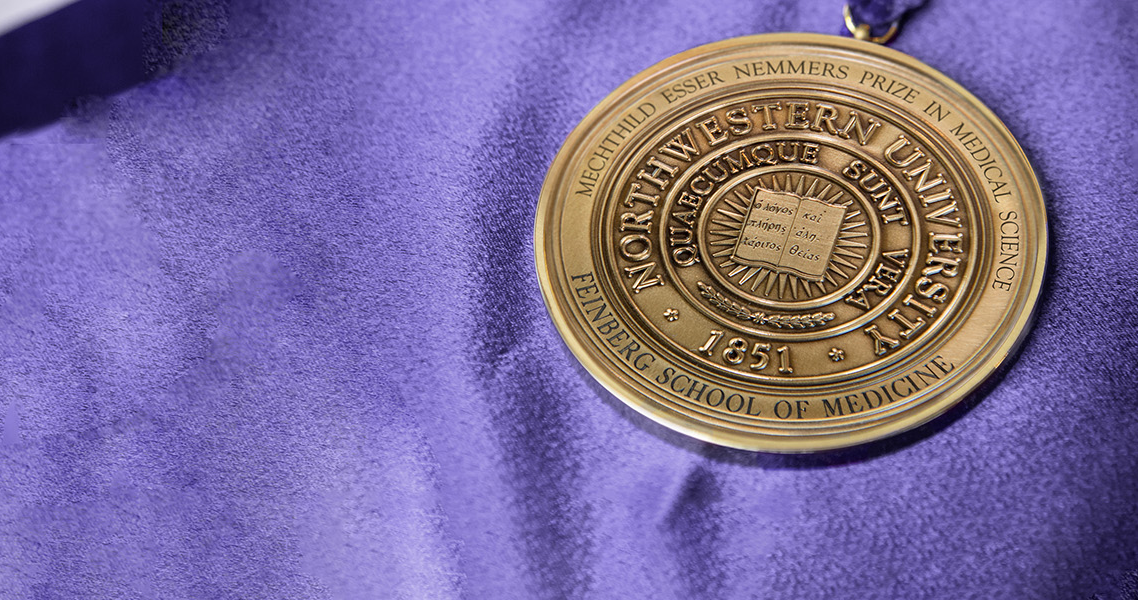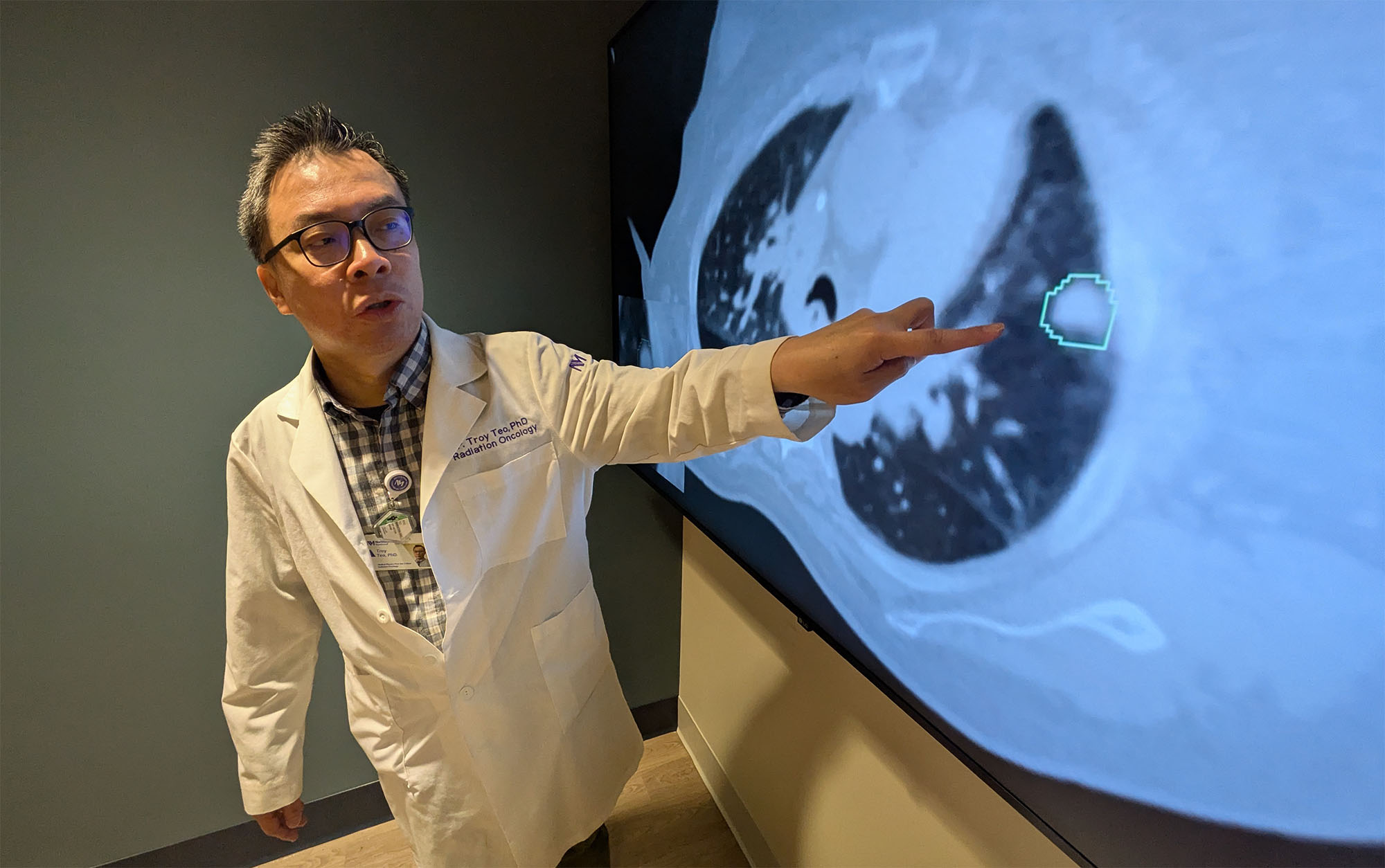May 22, 2007
|
Contact: Marla Paul at (312) 503-8928 or at |
Study Finds Drug-Coated Stents Safe for Coronary Artery Blockages
CHICAGO—A Northwestern University study reports reassuring news for millions of patients with drug-coated stents to treat coronary artery blockages. The medicated stents are generally safe and effective whether they are used for blockages approved by the Food and Drug Administration or for more complicated conditions not specifically approved. The approved use is called on label; unapproved is off label.
According to researchers, almost half of these types of stents are implanted off label. The purpose of the study was to determine the frequency, safety, and effectiveness of the drug-eluting stents used in off-label situations. Limited data had been available, and some safety concerns had been reported.
Researchers analyzed data from 5,541 patients at 140 U.S. academic and community hospitals who received the drug-coated stents. Stents are tiny mesh tubes used to prop open an artery after a balloon angioplasty opens the obstructed artery. The newer medicated stents are metal stents that have been coated with a drug that helps prevent renarrowing of the artery.
“We found that although there was a slightly higher increase of renarrowing rates in patients using the drug-coated stents off label after one year, the primary safety of the device—measured by deaths and heart attacks—were very similar to on-label use,” said Charles J. Davidson, MD, professor of medicine at Northwestern University’s Feinberg School of Medicine and a principal co-investigator of the study, whose results were published in Journal of the American Medical Association.
The study found less than a 1 percent increase in the clotting rate for off-label versus on-label use after one year. The renarrowing rate after a year was 4 percent for on label and 7 percent for off label.
“What this says is even with broad application of medicated stents to all-comers in the real world, excellent safety and efficacy is found,” Dr. Davidson said. “The concerns that have been raised do not seem to be a problem when you look at a large population across the entire country.”
The medicated stents are far more effective than the older bare metal stents. “When we used bare metal stents, we had a 20 percent rate of renarrowing arteries and now we’re down to 5 to 7 percent rates,” Dr. Davidson pointed out. “The price we’ve paid is half a percent higher clotting rate with the drug-eluting stents. That doesn’t mean it’s acceptable, but it puts some perspective on what the trade-off has been.”
Dr. Davidson said the study results indicate the need to keep patients on two long-term blood thinning medications. “What we’ve learned is that people who receive drug-eluting stents need longer term blood thinning medicines called anti-platelet therapy. Typically we’ve left people on lifelong aspirin after a stent procedure. Now, we’re finding it’s important to have aspirin, but it also may be important to leave these people on a second agent called clopidogrel to prevent this half a percent higher incidence of clotting.”
For the study, Dr. Davidson collaborated with Charles L. Bennett, MD, PhD, A.C. Buehler Professor of Economics and Aging at the Feinberg School. Dr. Bennett leads a program called RADAR (Research on Adverse Drug Events and Reports), a multidisciplinary consortium of physicians who collaborate to identify adverse reactions to medications and devices. The RADAR team began evaluating the safety of coronary artery stent procedures in 1998.
Nearly 1 million stent procedures are performed each year in the world, of which about 700,000 occur in the United States.






